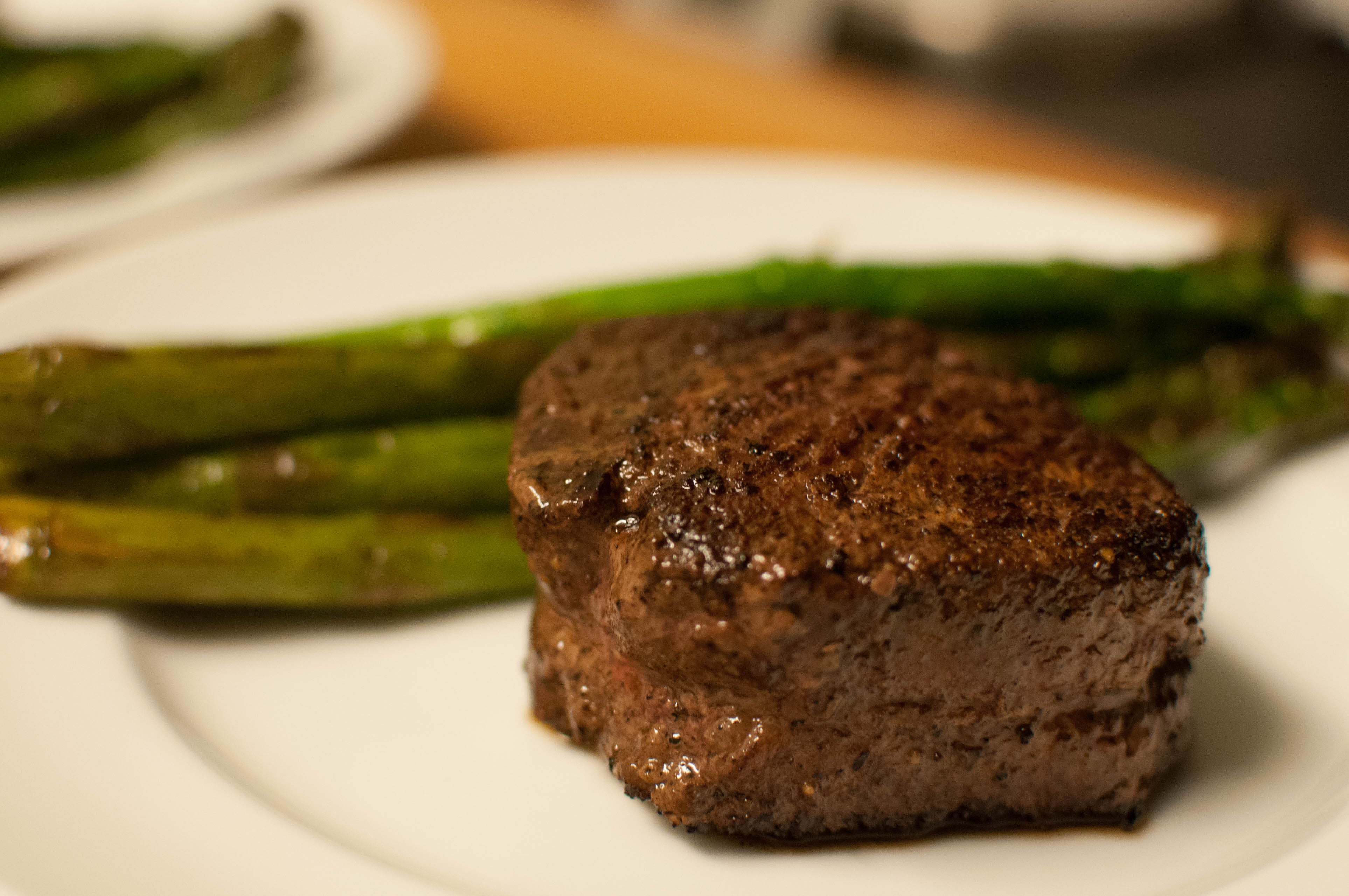BY Amanda van Dall A Recent ASU Nutrition Student
Wisdom follows age, experience, and education. Part of this wisdom is learning how to balance what you have with what you want. Often it is better to eliminate what you do not want before you acquire what you need. Such is the curious case between nitric oxide (NO) and ammonia (NH3). Concerning exercise, you want more emphasis in your pump (NO) and less waste in your post (NH3). This is where citrulline becomes your close ally. This non-essential amino acid is a team player in the urea cycle which rids the body of excess urea and ammonia. The excess citrulline (from supplementation, etc.) kicks the urea cycle into hyperdrive, and this disposes of the unwanted ammonia before it produces muscle fatigue. In addition, this will delay the decrease of your muscle pH, which will let you complete a longer workout.
Concerning supplementation, the citrulline in citrulline malate is bonded to malic acid in order to increase its stability and absorption. Also, since both citrulline and malic acid are both active in the TCA cycle, they may provide synergistic results if taken together. This is similar to the synergistic effect created when citrulline and arginine are paired together, And while citrulline possesses its own fatigue-fighting prowess, malic acid has earned its own reputation as a powerful fatigue warrior due to its process of recycling the body’s lactic acid and reusing it as energy within the mitochondria of cells. However, this is assuming that you have purchased a high-quality supplement which has been properly bonded (good supplements makers chemically bond their ingredients, while bad ones merely use malic acid as a separate filler) and clearly states the ratios of the contents (a good ratio is 2:1, citrulline:malic acid).
As stated, both citrulline and arginine individually or synergistically create nitric oxide. This is potent for exercise purposes, but other benefits of this combination include:
- Relaxation of arteries, which may improve the efficiency of blood flow. As a result, these beneficial amino acids may be utilized to treat heart conditions, fatigue disorders, erectile disorders, and muscle fatigue, among various other conditions. Certain innovative physicians also use the amino acids in conjunction with therapies for age-related dementia, diabetes, and various forms of sickle cell disease. However, the latter uses have not been researched or peer-reviewed to the point where their use has become standard practice.
- Depending on the physiology, citrulline converts to arginine then nitric oxide in the kidneys (although the majority of the cycle occurs in the liver). In theory (and only in theory at this point), this process and its by-products may stimulate the production of human growth hormone. But this idea, while chemically viable, is esoteric at best in practice.
- Citrulline may facilitate the detoxification of alcohol. But don’t count on your favorite amino acid to save you from any binging idiosyncrasies.
- Among the more practical uses, arginine may aid in wound healing, tissue repair, and boosting the immune system.
- Excellent food sources of both citrulline and arginine include organic liver, beef, other red meat, wild salmon, garlic (and other sulfurous foods), and watermelon.

There are excellent reasons for using either supplement. After discussing your options with your health professional, use your nutrition erudition to determine which supplements work most efficiently with your individual physiology. Sagacious experimentation, not capricious trial, is the best way to responsibly test your options while enjoying your life. Have fun. Have a steak. Try a new amino acid. Try a new vegetable. Learn a new fact. Learn a life lesson. This is the best way to discover who you are and reveal what makes you happy. Because life is about progress, not perfection.
Want more of these valuable amino acids? Go to Fill Your Plate and search for beef.

